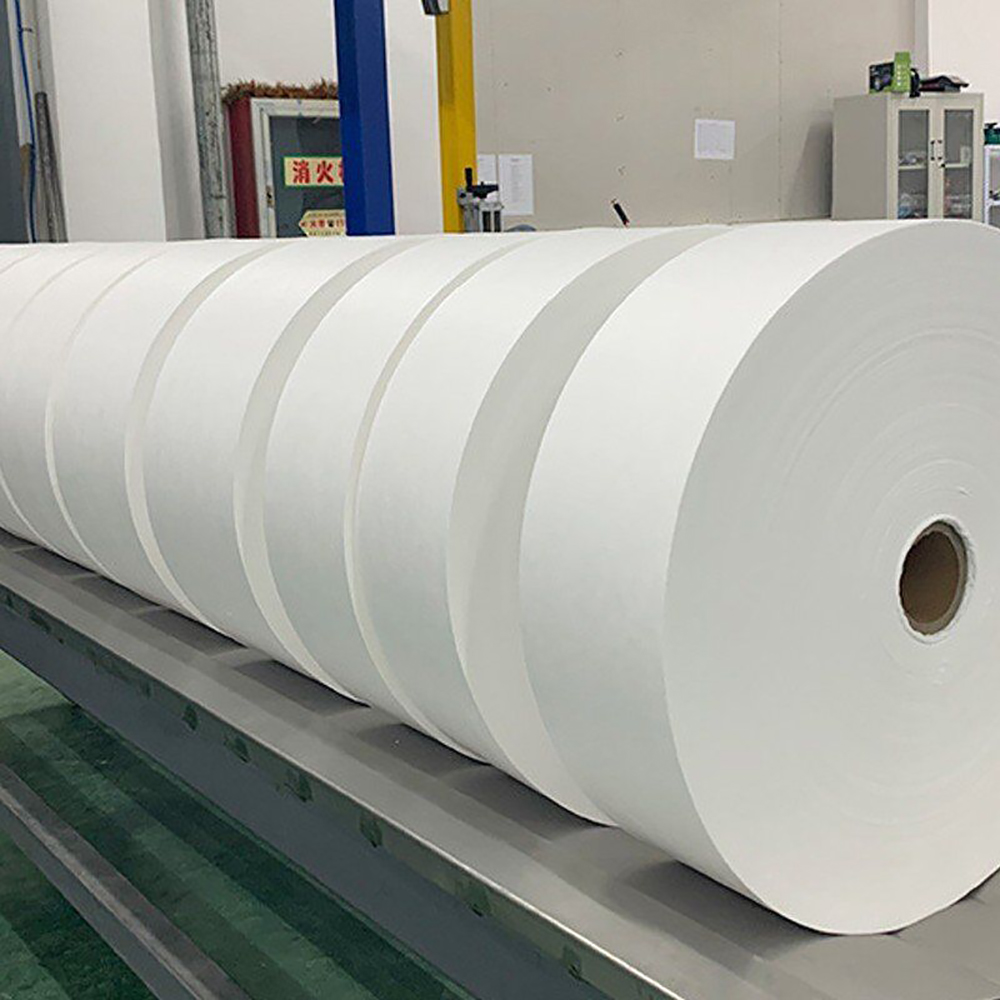
- +8613859957860
- [email protected]
- No.11 Shuangfu Road, Tong’an District, Xiamen, China
Nonwoven fabrics have become indispensable in modern industries, offering versatility, cost-efficiency, and sustainability. Unlike woven textiles, nonwovens are produced through advanced techniques that bond fibers into functional materials. Whether in healthcare, hygiene, construction, or filtration, these fabrics play a critical role. This article explores their unique properties, manufacturing processes, and wide-ranging applications.
There are different type of nonwoven fabric, such as PP nonwoven, PET nonwoven fabric, Spunbond Nonwoven, Spunlace Nonwoven, and Meltblown Nonwoven Fabric, Hot air-through nonwoven, etc.
Nonwoven fabrics are engineered textiles created by bonding fibers through mechanical, chemical, or heat methods. Unlike woven or knitted textiles, these materials don’t rely on interlacing yarns. Instead, they form a web of fibers that can be tailored to various applications. This makes nonwovens highly versatile and ideal for industries requiring lightweight yet durable materials.
The production of nonwoven fabrics includes several techniques:
Each method offers unique properties, making nonwoven fabrics suitable for specific uses, such as filtration, hygiene products, and geotextiles.
Polypropylene, a lightweight and cost-effective polymer, dominates nonwoven fabric production. Its properties, such as water resistance, durability, and compatibility with spunbond and meltblown processes, make it ideal for applications like surgical masks, diapers, and geotextiles.
Nonwoven fabrics play a vital role in disposable hygiene products like diapers and feminine hygiene items. Their softness, absorbency, and breathability ensure user comfort, while their lightweight construction reduces waste.
Nonwoven geotextiles are essential in construction and landscaping. They provide soil stabilization, drainage, and filtration while being resistant to tearing and degradation. Their use in road construction and erosion control highlights their importance in infrastructure projects.
SMS fabrics combine spunbond and meltblown layers for exceptional strength and filtration efficiency. These fabrics are widely used in surgical gowns, masks, and industrial filtration systems, thanks to their durability and protective properties.
Nonwoven fabrics support sustainability efforts due to their efficient production processes, minimal water usage, and recyclability. Innovations like biodegradable materials further reduce their environmental impact, making them a preferred choice for eco-conscious industries.
Nonwovens are integral to air and liquid filtration systems. Their porous structure captures particles effectively, ensuring clean air in HVAC systems and pure water in filtration plants.
The use of thin fibers, such as microfibers, enhances the performance of nonwoven fabrics. These fibers provide a higher surface area, improving properties like absorbency, filtration efficiency, and softness, which are crucial in hygiene and medical applications.
The future of nonwoven fabrics includes smart textiles, antimicrobial treatments, and biodegradable options. These advancements aim to meet the growing demand for high-performance and sustainable materials in diverse industries.